New PRC Trademark Law Effective
On 1 May 2014, the new PRC Trademark Law came into effect. New provisions do not overhaul the system in place for the protection of trademarks, on the other hand the impact on brand owners could be considerable in specific areas.
We summarize some of the key changes with regards to:
- Procedures: more convenience in applications and shorter lead-times
- Bad faith: more scope to counter trademark squatters
- Trademark enforcement: increase protection for bona-fide trademark users, and increased damages once a court confirms the infringement.
Procedures
- One application can cover more than one class. This may result in additional convenience for new applications covering multiple classes, but it remains unclear whether it will impact fees.
- The law for the first time establishes deadlines for handling applications for new trademarks, oppositions, invalidations etc., which means that procedures should be completed more swiftly. Below we summarize the new deadlines:
-
Procedural Deadlines to CTMO and TRAB to Handle Applications, as provided by the PRC Trademark Law (effective 1 May 2014)
Procedure
Time-limit (months)
Extension (if granted by SAIC)
Trademark application 9
n/a
Review on rejection 9
3
Opposition 12
6
Review on opposition (filed by trademark applicant) 12
6
Invalidation on relative grounds (e.g. conflict with prior rights) 9
3
Invalidation on absolute grounds (e.g. lack of distinctiveness) 9
3
Review on invalidation decision by CTMO on absolute grounds 12
6
Cancellation 9
3
Review on Decision of Cancellation (by TRAB) 9
3
-
- Where the opposition to the application of a new trademark is denied by the CTMO, then that trademark will be automatically registered. The decision can be appealed with an invalidation procedure, but during this procedure the trademark will already be protected (in contrast, previous law provided for suspension pending results of the appeal). This brings benefits for bona fide trademark applicants who see their applications blocked by third parties, but could make it more difficult for trademark owners to fight bad-faith applications by third parties.
- During the course of examination, the CTMO can ask for explanations or amendments to an application, which if correctly implemented should lead to fairer decisions. An applicant, when he discovers a mistake in its application documents, may also apply to the CTMO for correction.
-
Dealing with bad faith applications - Good faith is provided as a fundamental principle to registration and use, which opens the door to refusing applications based on a lack of good faith. Some detail is provided in an article that prohibits dealers, distributors, agents, and those who have business contacts with the brand owners to register the same or similar trademarks on same or similar goods, though it is hoped that this will not be the only scope of refusals based on bad faith.
-
Enforcement of Trademarks - To determine whether trademark use is an infringement, specific reference should be made to the "likelihood of confusion" principle. This was already the practice, but it is the first time that this is confirmed in law.
- Prior users (i.e. users that used the trademark prior to the application), where their trademarks have acquired distinction, may continue to use the trademarks but this may be subjected to clarifications or restrictions. However without a definition of "distinction", it remains to be seen what kind of impact this will.
- If an alleged infringer argues that the trademark owner has not used his trademark for three years (i.e. a non-use defense), the trademark owner will have the burden to prove use. If use is not proved, then the court can exempt the alleged infringer from paying damages. This makes evidence of use much more important, especially for companies that do not actually use their trademarks in China.
- In court actions, the law allows for discovery in calculating damages, i.e. at the request of the plaintiff, the court can order the defendant in a trademark infringement lawsuit to submit the accounting books to prove the scale of use. Unfortunately, the law does not allow for civil or criminal penalties if the defendant fails to provide the books, but it does establish that if the defendant refuses then the court can use the figures proposed by the plaintiff.
- If damages can be calculated, courts are permitted to award three times such damages as compensation by the defendant to the plaintiff. This is the first time that punitive damages are introduced, and could mean the start of larger awards in favor of trademark owners. On the other hand if damages cannot be calculated, the court can award statutory damages based on his own view of the infringement - to a maximum of CNY 3 million (up from CNY 1 million).
Preliminary Conclusions
The new law creates additional burdens for some trademark owners, while it comes with new opportunities for others. Overall, the amended law provides more clarity for trademark owners and thus should be welcomed, though it will take time to fully understand how the new provisions can be applied in practice to contribute to a better IP environment in China.
For questions on how the new PRC Trademark Law will impact your business, contact us at [email protected] or [email protected].
